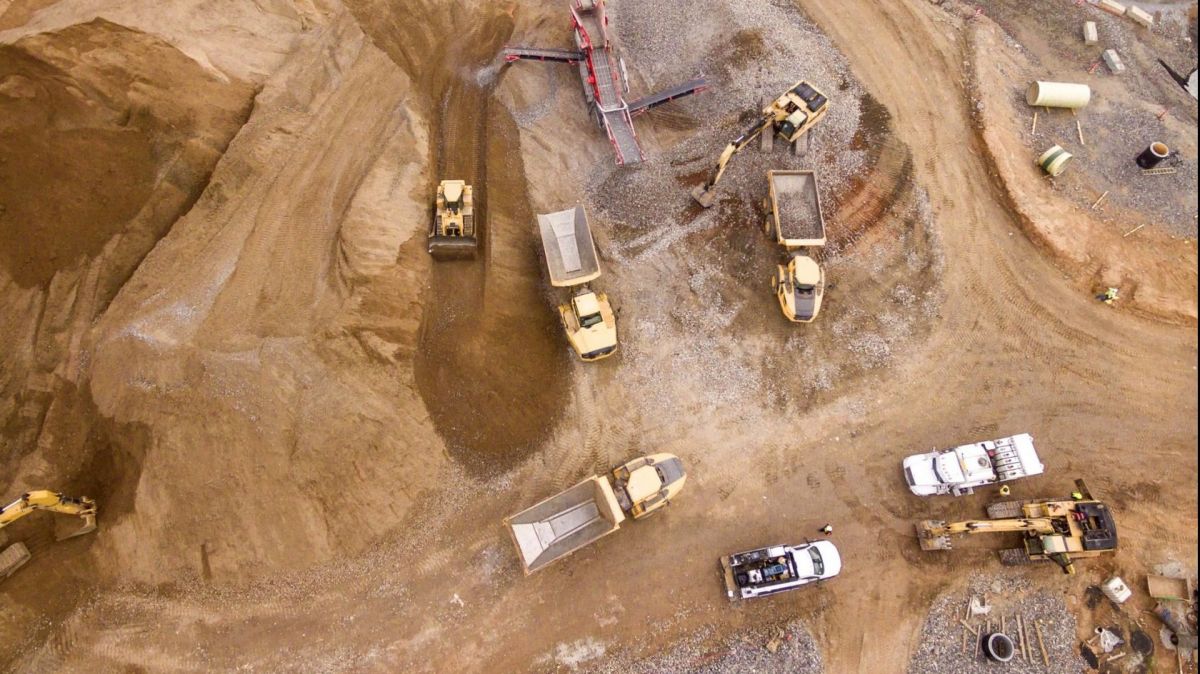The Portuguese Renaissance spanned two centuries from the late 15th through to the mid-17th and was thus coincidental with the Age of Discovery when the exploitation of colonial lands and expansion of foreign trade brought great wealth to royalty, nobility and the Catholic church. This enabled an expansion of patronage in the Arts; especially with regard to music both liturgical and profane. Prior to this homophonic plainsong was the staple form of ecumenical worship as exampled by the Gregorian chants. Outside of the church early folksong, recorded in cancioneiros, was spread by troubadours.
As the 16th century progressed polyphony rapidly replaced monotone with musicians Fernão Gomes Correia and Damião de Góis leading the way to the “Golden Age” of Portuguese music (circa 1550 to 1650) during which an abundance of composers such as Frei Manuel Cardoso, Duarte Lobo, Filipe de Magalhães and João Lourenço Rebelo rivalled the renowned Italian master Giovanni Pierluigi da Palestrina in their output of masses, motets and other sacred music of great artistic value. This included a period of sixty years (1580 to 1640) when Portugal was politically united with Spain under Philip II who, fortunately, continued with the royal patronage of music but to the detriment of other arts and architecture. When independence was restored, King João IV, who was a regal musician of diverse ability and sometimes compared to Henry VIII of England, gave great impetus to polyphony by encouraging the education and travel of scholars. Portugal surpassed Spain as the centre-point of counter-point!
The cathedral choir school of Évora, founded by Manuel Mendes, provided tutorials for many scholars of music. It was closely followed by the monastery of Santa Cruz in Coimbra, where the Augustinian monk Pedro de Cristo taught composition and the monastery of Santa Maria de Alcobaça. However, it was in the Royal Chapel that many works were first performed by the best musicians in the land for King João IV who had moved to Lisbon the vast collection of instruments, manuscripts and musical paraphernalia which he had maintained at the ducal palace of the Braganças at Vila Viçosa.
In the earthquake and tsunami of 1755, the entire library was destroyed. This accounts for the dearth of scores and manuscripts to enable the authentic performance of masterpieces from the Golden Age. However, modern technology has come to the rescue in the shape of The Portuguese Early Music Database which has assembled many of the manuscripts (often fragmented) of musical notation of works composed before 1650 which were stored in monasteries, cathedrals and churches and often forgotten or overlooked. The information is freely available to researchers and has enabled many specialist record companies such as Hyperion and Naxos to add to their carefully chosen catalogues of the Magnificent Polyphony of Renaissance Portugal.
Here is a brief synopsis of some of my favourite recordings:
1. Pater Peccavi – Music of Lamentation (Delphian 34205) The Marian Consort, directed by countertenor Rory McCleery. Mourning and supplication were commonplace in the repertoire of Portuguese composers. Intriguingly, it is suggested that, under the rule of the Spanish Habsburgs, the texts were a covert way of expressing the sadness of the Portuguese people and their longing for the restoration of their monarchy. Included are five pieces by Estevão Lopes Morago who was born in Spain but spent almost his life in Portugal and held the post of mestre de capela at Viseu for 31 years.
2. Manuel Cardoso – Lamentations, Missa pro defunctis, Magnificat and Motets. (Hyperion CDA68252). These are from the five volumes of unaccompanied sacred choral music which were published in Lisbon between 1613 and 1648 the last being when he had reached the ripe old age of 82. Exquisitely presented by group Cupertinos under the direction of tenor Luís Toscano. “Their performances in historic locations have a distinctly Portuguese essence and an untamed character which merits the description of being the national team of polyphony”.
3. Lôbo and Cardoso - Missa pro defunctis (Naxos 8.550682) An interesting side-by-side comparison of the interpretations of this majestic work by the two masters of polyphony. Cardoso´s version takes 28 minutes to perform while that of the terser Lôbo is 5 minutes shorter. Schola Cantorum of Oxford conducted by Jeremy Summerly.
4. Masterpieces of Portuguese Polyphony – Westminster Cathedral Choir (Hyperion CDA66512) Dating from 1991 this is a competent performance from sources known at that time of works by Cardoso, Rebelo and de Cristo.
5. Motets by Estevão Morago and Diogo Melgás – Pro Cantione Antiqua conducted by Mark Brown (Hyperion CDA66715). An interesting comparison between the much later work of Melgás (1638-1700) and Morago (1575-1700) both former pupils of the Évora cathedral school.
6. Lisbon under Ashes. This is a truly excellent production (year 2017) by A Corte Musical, directed by Rogério Gonçalves, of rediscovered Portuguese music which dates before the 1755 catastrophe. Most of the fourteen pieces are secular and include “Toquen as sonajas” by Gaspar Fernandes who emigrated to the New World at the end of the 16th century. Records of his polyphony have survived in the cathedrals of Guatemala and Mexico. (Pan Classics PC10385).















